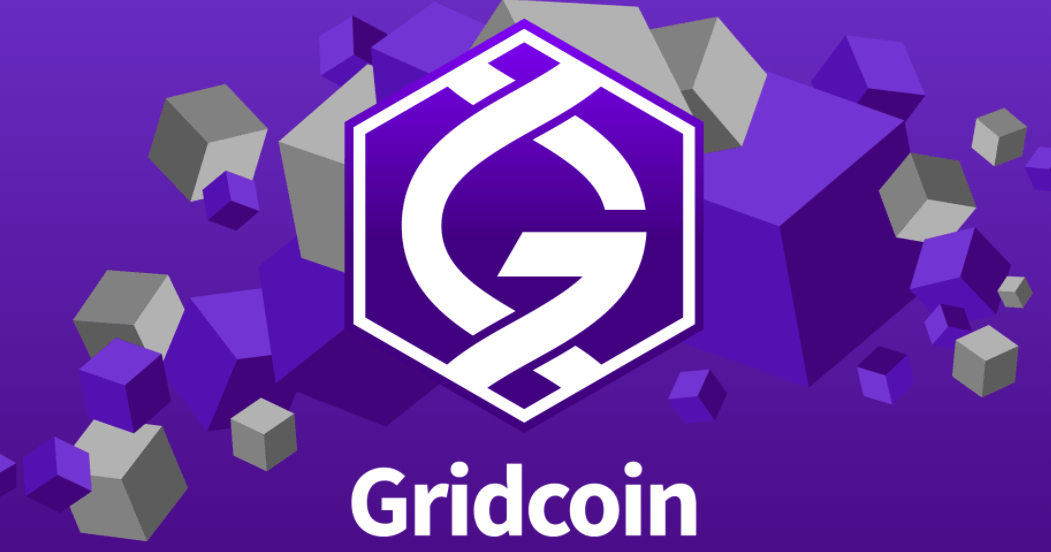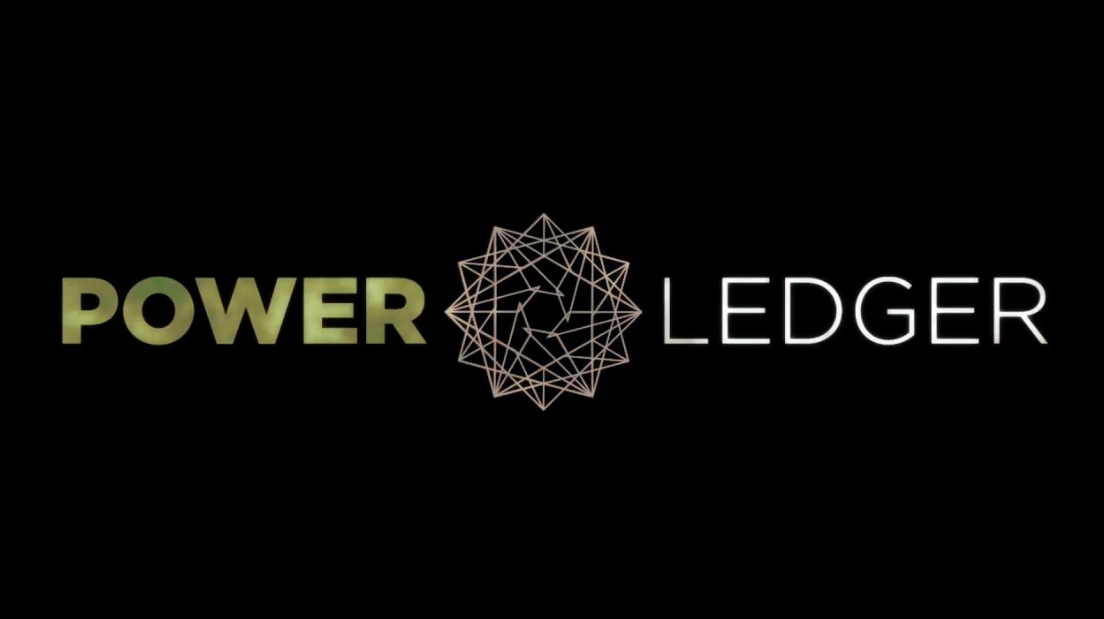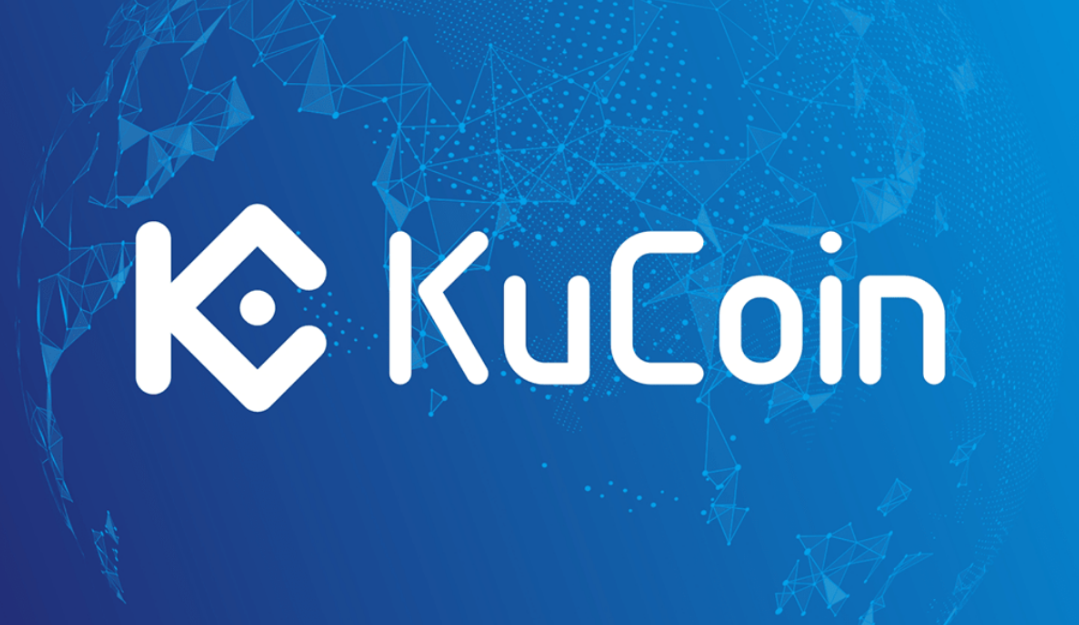What is Gridcoin? Gridcoin is a blockchain-based distributed computing network that is powered by the idle processing capacity of existing hardware. It uses a proof-of-stake algorithm to secure its blockchain and a voting system to determine the future direction of the network. This makes Gridcoin one of the most environmentally friendly cryptocurrencies.
Gridcoin is a blockchain-based distributed computing network powered by the idle processing potential of existing hardware
Gridcoin is an open-source blockchain that mints and distributes cryptocurrency in relation to processing power used in data-driven analysis and scientific discovery. It is secured using a proof-of-stake (PoS) protocol. This digital currency helps researchers and organizations find solutions to complex scientific problems by leveraging the idle processing potential of existing hardware.
Most personal computers and other electronic devices are idle for most of the day, and over time, this idle processing power can add up to significant computing power. Distributed computing can harness this idle computing power to create an untapped supercomputer whose power is proportional to the number of participating machines. Gridcoin’s Idle Processing Potential is the total processing power of idle computing over time multiplied by the number of participating computers. This means that any object with a processor can participate in the Gridcoin network.
Blockchain technology allows a group of users to reach consensus on how to share resources and create new products. Unlike traditional financial systems, it does not require an intermediary, which makes peer-to-peer contracts much more secure. Blockchain technology also eliminates the possibility of hacking or tampering with data.
Gridcoin uses the same principles as Bitcoin but for distributed computing. The blockchain is a decentralized platform that uses idle processing power of existing hardware to generate value. The underlying philosophy of bitcoin is to create a society independent of the government. It was created as a countercultural alternative to the traditional financial system. Eventually, it was transformed into wild speculation.
Gridcoin uses a proof-of-Elapsed Time algorithm to reduce the cost of mining. Proof-of-Time encourages users to contribute hard-disk space and increase the speed and capacity of the blockchain. This algorithm also ensures that the work done on a blockchain is carried out sequentially, avoiding wasteful parallelism.
The Gridcoin protocol uses a Proof-of-Work protocol for achieving consensus. It is based on the Tendermint model, a new protocol by Nader Al-Naji. This protocol makes use of metastability, which allows for faster consensus. Moreover, it is more energy efficient than traditional blockchain algorithms.
The blockchain’s design consists of a network of nodes. Each node has a copy of each transaction. This process, known as a “merkle tree,” limits the amount of data each node must maintain. It separates proof from data, allowing nodes to verify each other’s data without copying it.
Assuming this model is successful, Gridcoin will have the potential to power many different applications. In the near future, it may also be used as a payment method. It has the potential to revolutionize finance and the digital world. This new technology will provide an opportunity for many businesses to reduce costs and increase profits.
It uses a proof-of-stake algorithm to secure the blockchain
The Proof-of-Stake algorithm is used to secure the blockchain of Gridcoin. When the Gridcoin user creates a block of the Gridcoin network, he binds a fresh public key PK_1 to a newly generated eCPID, which the Gridcoin server stores. In addition, it stores a minter’s email address, iCPID and RAC, as well as user statistics. This algorithm makes it more difficult for adversaries to forge signatures over the Gridcoin network.
Most cryptocurrencies use a Proof-of-Work algorithm to secure the blockchain, which requires large amounts of electricity to ensure consensus on the next block. By contrast, Gridcoin uses a Proof-of-Stake algorithm to secure the blockchain, which saves significant amounts of energy. It also requires less computing power than Bitcoin and other cryptocurrencies, as it only uses a small fraction of its power to secure its blockchain.
Gridcoin also has a Proof-of-Research algorithm, which rewards the users for performing scientific computations on the BOINC network. By using this system, Gridcoin can support a wide variety of scientific projects, as long as the projects are broadcasted over the BOINC network.
Proof-of-Stake algorithms are less vulnerable to attack than Proof-of-Work algorithms. The Proof-of-Stake protocol allows miners to make more profit by sacrificing less capital. This system also makes it harder for attackers to steal from others. A 51% attack, for example, requires malicious actors to acquire more hardware than all other participants.
Proof-of-Stake algorithms are based on a game-theory assumption. By staking tokens, the network can avoid hacking by ensuring that no single entity owns more than one half of the network. This means that the network is secure for all parties involved.
Proof-of-Research algorithms require minimal computing power to secure the blockchain. They are used in Gridcoin and Perma-coin. The two algorithms complement each other, as each uses BOINC work to measure work. The Proof-of-Research algorithm is resistant to Sybil attacks, and it is a great complement to Proof-of-Stake.
Proof-of-Work algorithms require miners to constantly calculate hash values, wasting electricity and computational resources. Proof-of-Stake reduces this problem by replacing computational power with staking. This allows for more equitable distribution of coins among participants, and also decreases centralization.
PoS has many properties that make it ideal for secure blockchains. First, it is based on the expectation of computation. The charge that is paid for a job is proportional to the expected amount of computation. Second, it rewards the node that produces the most valid blocks.
PoS is more secure than PoW. The reason for this is because PoS algorithms require miners to protect the results of their computations. In PoW, a hash value is computed and associated with the miner’s ID and last block. In PoS, the hash value of a block is evaluated by a searcher. This computation can be large, and miners may try to reuse the results of their evaluations by sharing them among different nodes.
It uses a voting system to decide its direction
Gridcoin has implemented a voting system, which is based on a blockchain. The system allows users to vote on important issues and contribute to further consensus. For example, users can vote on the whitelist of BOINC projects. This prevents people from gaining an unfair advantage by keeping a high RAC. It also allows users to take part in fun polls.
The voting system that Gridcoin uses to decide its direction includes a variety of categories, each with specific requirements and parameters. These categories include protocol value, side-staking requirements, CBR, MRC, and marketing initiatives. There is also a voting system for proposals regarding the management structure of the Gridcoin project.
Gridcoin seeks to distinguish itself from Bitcoin by adopting environmentally friendly methods for mining, distributing, and securing its network. It also uses a Proof-of-Research (POR) scheme that rewards users for doing scientific computations on the BOINC network. These computations supplant the cryptographic calculations involved in Bitcoin mining.
In addition to the benefits of Gridcoin, the project has had an impact on the cryptocurrency industry. It is referenced in numerous scientific and whitepapers. Its proof-of-stake mechanism uses less energy than proof-of-work. The system also has low fees and makes earning Gridcoin quick and easy. Furthermore, Gridcoin is a cryptocurrency that promotes scientific research and is decentralized.




